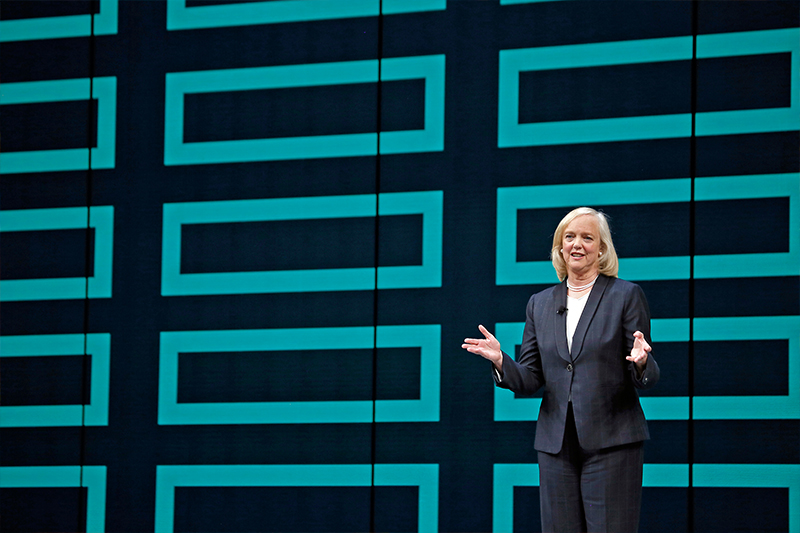
Hewlett Packard Enterprise (HPE) has demonstrated a proof-of-concept prototype for a new type of computing as part of a research project called The Machine.
The memory-driven computing puts memory, instaed of processing, at the centre of the computing platform, with significant performance and efficiency gains.
HPE is planning to transform the fundamental architecture on which all computers have been built for the last 60 years.
The project, which has been running for five years, intends to combine memory-driven computing, photonics and a new fabric that together can cope with vast amount of data.
The proof-of-concept prototype demonstrated compute nodes accessing a shared pool of fabric-attached memory, an optimised Linux-based operating system running on a customised system on a chip, photonics/optical communication links, and new software programming tools designed to take advantage of abundant persistent memory.

HPE said the new tools have demonstrated enhanced execution speeds of up to 8,000 times on several workloads on existing products. The company hopes to achieve similar results as it expands the capacity of the prototype with further nodes and memory.
The company noted that it is committed to rapidly commercialising the non-volatile memory (NVM), fabric (including photonics), ecosystem enablement and security technologies developed for The Machine.
It plans to introduce true, byte-addressable NVM as soon as 2018/2019; Synergy systems coming in 2017 will accept future photonics/optics technologies, with photonics coming to additional product lines as soon as 2018/2019.
On the software side, HPE is partnering with Hortonworks/Spark, releasing code packages on Github, and is participating in the Gen-Z Consortium for a new approach to data access.
HPE’s prototype The Machine includes new, secure memory interconnects as part of its goal of embedding security across the total hardware and software stack. Further work in this area will be carried out in the coming years.
HPE executive vice president and general manager of the enterprise group Antonio Neri said the Machine research project is one of the largest and most complex research projects in the company’s history.
“With this prototype, we have demonstrated the potential of Memory-Driven Computing and also opened the door to immediate innovation. Our customers and the industry as a whole can expect to benefit from these advancements as we continue our pursuit of game-changing technologies.”






